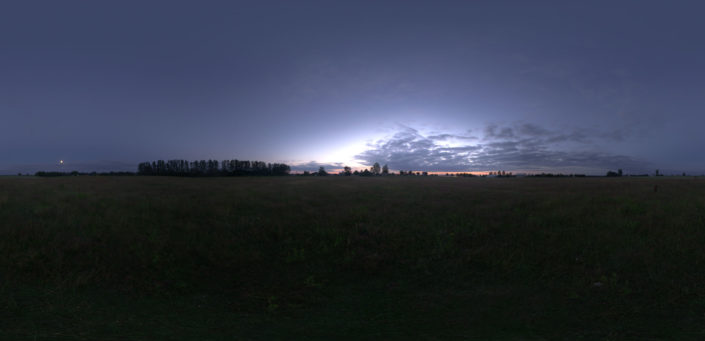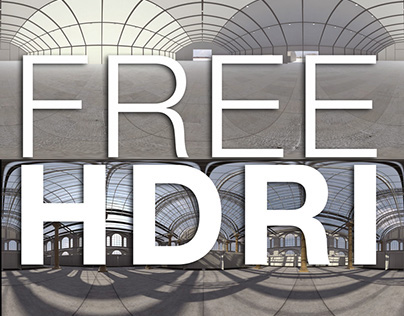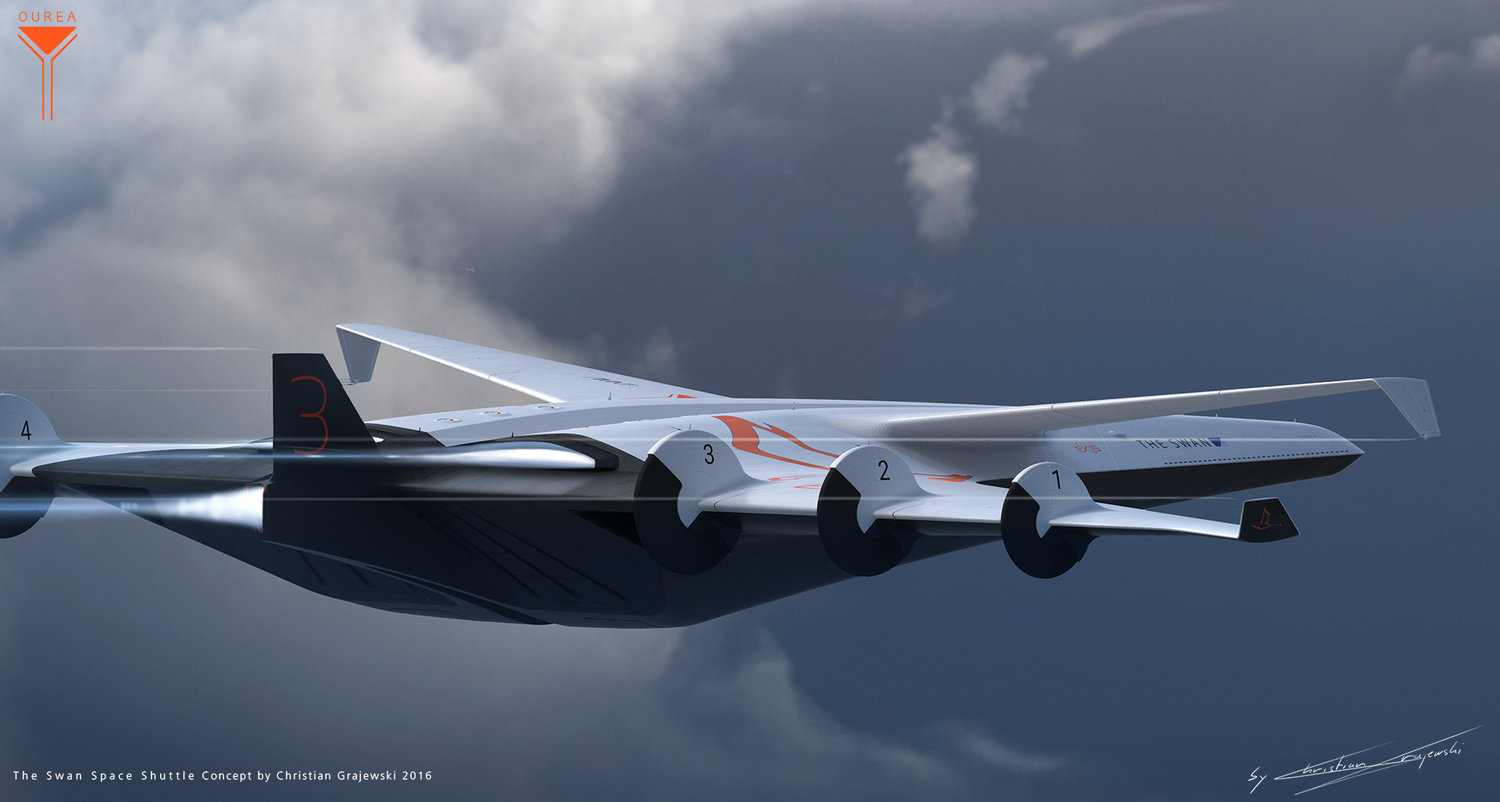

Adjusting the Projection Center reduces the stretching in favor of relative scaling. To achieve the best result with minimal stretching, the UE4 Camera should be placed and looking around the origin of the projection. Otherwise, the scene will have multiple Sky Lights which will affect performance, quality, and the desired result in the scene. If a regular Sky Light exists, it should be deleted. When adding the HDRI Backdrop to your scene, it creates a dynamic Sky Light as a sub-component.

Additional Notesīelow are some additional notes and suggestions when working with the HDRI Backdrop asset: In instances where compositing shadows and ambient occlusion (AO) on the backdrop is not needed, you can set the value to 0.

Select the 3D gizmo to define the central location of the projection in 3D space: The Projection Center of the HDR image on the backdrop should be set to match the height of the camera used to capture the image. Specify a custom Static Mesh object to use as a backdrop from which the HDR image is projected. This enables the lit area range to blend smoothly around the camera to reduce shading differences with the background HDR projection.ĭisables ground tracking and enables the HDR image to follow the camera. Lit areas will have slightly different shading depending on the intensity and other lighting parameters in the scene.

Specifies the ground area that will be affected by lighting and shadows. For most exterior scenes, a typical size should be approximately 100 meters.ĭefines the projection point of the HDR image. It controls the diameter of the backdrop mesh and should be adjusted based on the HDR image used, the horizon height, and the content in the scene. Sets the size (in meters) of the mesh used to project the HDR image. This means that when you swap HDR images, there may be a noticeable difference in brightness changing. It's also worth noting that some HDR images range from 0 to 5.0 or greater than 5 cd/m2 while others are ranging from 0 to 100K units. However, with the HDRI Backdrop asset, it is not required to use physically correct values, but you may need to set the EV to something significantly lower than the EV100:14. Sun and Sky sources have that range in the thousands of units, which it does hand-in-hand with physical cameras where the Exposure Value (EV) are in the range of EV100:14 (see the "Sunny 16" rule). Note that the physical lighting units are measured in cd/m2, like the Sky Light or Emissive Materials. It automatically handles the following:īackground mesh (such as a sky dome or custom geometry)Īmbient lighting from a Dynamic Sky Light The HDRI Backdrop Actor enables you to do all of this and more, improving your product visualization workflow. For the result to be plausible, there needs to be a fake ground plane that acts as a shadow catcher to ground the object in the HDR image's environment when being lit, creating consistency between the place object for visualization with the background. However, using an HDR image as a background is not sufficient on its own. It's often desirable to showcase a model in a visually rich context with minimal effort, and using a High Dynamic Range (HDR) image as a backdrop is a common technique to achieve this.The key benefits of using an HDR image as a backdrop for product visualization is that it's relatively quick to set up, it's customizable, and provides beautiful illumination and reflections.


 0 kommentar(er)
0 kommentar(er)
